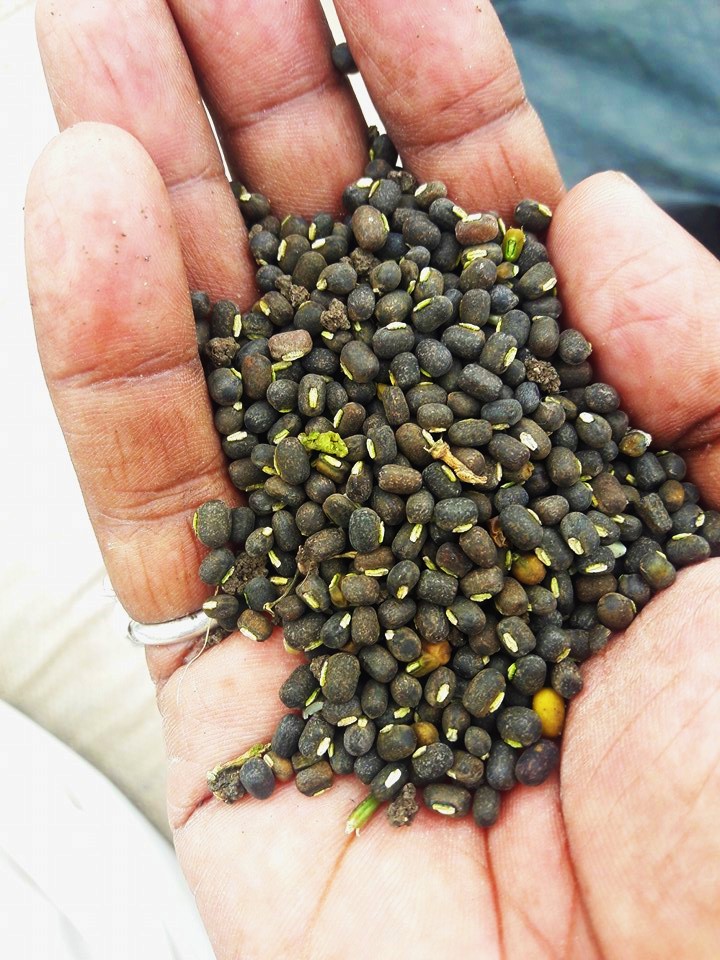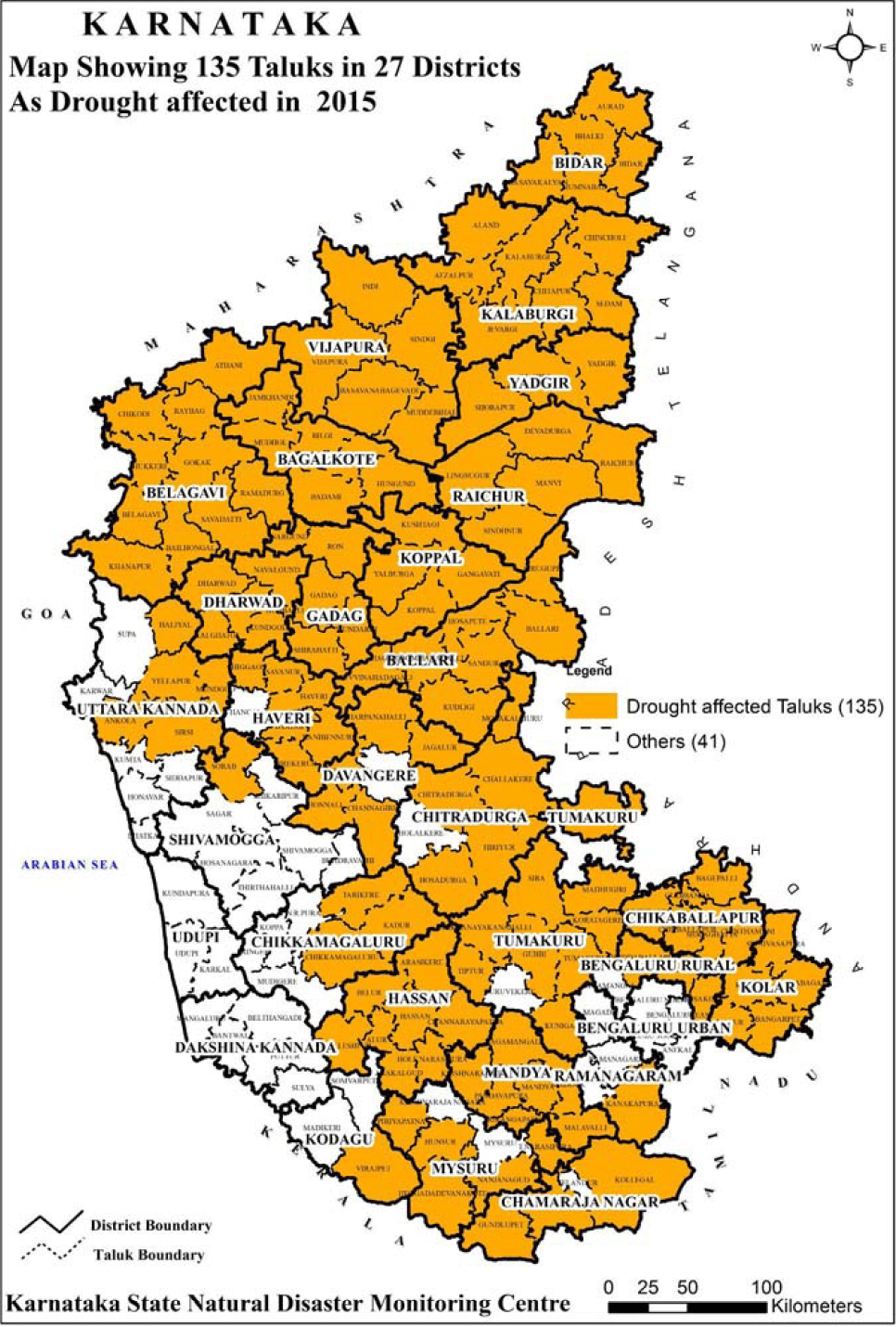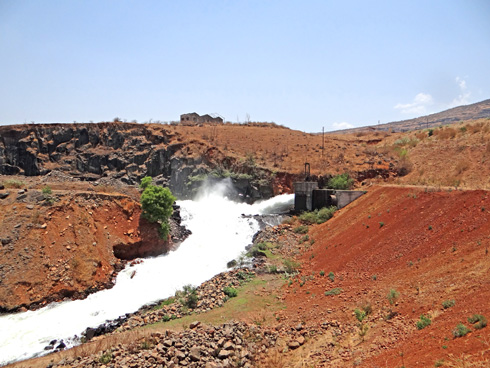Find below interview of SANDRP coordinator Himanshu Thakkar by Aditi Phadnis, Business Standard. The interview was published in Business Standard on the 14th May 2016 (http://www.business-standard.com/article/opinion/india-facing-its-worst-water-crisis-ever-himanshu-thakkar-116051400704_1.html)
~~
Environmental activist and water expert Himanshu Thakkar tells Aditi Phadnis that India needs a comprehensive water-use policy immediately.
You are quoted as saying that India is in the grip of its worst hydrological crisis ever. Isn’t that a bit drastic? After all, India has endured endemic water scarcity in many parts of the country for several years now. What makes you so pessimistic?
I do not think it is statement of pessimism but possibly reflects a reality. What we are seeing this year is unprecedented in many respects: major perennial rivers like the Ganga, Godavari, Krishna and Netravati have dried up at several locations, which was unheard of earlier. Groundwater levels are at a record low. In many places hand pumps have dried up completely. The number ofpeople impacted, the intensity of the impact are huge. This is only the fourth time in a century that there has been a back-to-back drought, but on all previous occasions groundwater, an insurance in times of drought, had provided relief. That is no longer an available option in several places. Our rivers are in a much worse situation today than ever in the past, due to all the ill treatment we have meted out to them, including multiple and often unnecessary, unjustified damming. All this makes the situation this year much worse.
You are credited with making public a lot of information and anlysis about the circumstances of the current shortage of water in Maharashtra. What do your findings tell us about the issue of water in the state?
The first thing that strikes you about Maharashtra is that it has, by far, the highest number of big dams in India. According to the National Register of Large Dams of the Central Water Commission, of the total number of 5,100 big dams 1,845 are in Maharashtra. So about 35 to 36 per cent of all big dams in India are in the state. Yet Maharashtra is in the headlines for drought and water scarcity today. While nationally, 46 per cent of cropped area is irrigated, in Maharashtra the figure is hardly 18 per cent. There is a lot of evidence here that big dams have proved to be a failed water resources development model. The current chief minister did say in his famous Assembly speech on July 21, 2015, that farmers need irrigation, not dams, and dams are not the only means to achieve irrigation. Unfortunately, one of the major planks used by his party to achieve power in Maharashtra, the Rs 70,000-crore irrigation scam, seems to have been totally forgotten by the state government.
Parts of Maharashtra are facing multiple agrarian and hydrological crises this year. Rainfall deficits have been as high as 40 and 42 per cent in the last two years in Marathwada. In some districts and blocks the figure is even higher. So rain-fed kharif crops in many parts have failed for the last two years. The rabi crops were also hit by unprecedented hailstorms in 2014 and 2015. The 2016 rabi season has been hit by unusually dry conditions.
During the 2015 monsoon, we (my Pune-based colleague Parineeta Dandekar does most of our Maharashtra-related work) realised in mid-July that this year is going to be a crisis for most of Maharashtra, in addition to some other adjoining areas. So we wrote to the chief minister in August that the state needed to take certain measures urgently. This included stopping the diversion of about three billion cubic metres of water from the Bhima and Krishna basins to the high-rainfall Konkan area, stopping non-essential water-use activities, taking stock of available water and deploying it for priority needs, and so on.
The Maharashtra government did not wake up to this situation then or at the end of the monsoon or even now. While the Jalyukt Shivar Abhiyaan, the flagship scheme of current Maharashtra government, is welcome, leaving aside some problematic work they are doing in terms of deepening, widening and straightening of rivers, it cannot be a fig leaf to hide its incompetence in handling this crisis.
In Marathwada and western Maharashtra (similarly, also northern Karnataka) sugar cane cultivation on about four to five per cent of cropped land takes up about 70 per cent of available irrigation water. We have been saying that considering the rainfall, weather situation and water availability, sugarcane is not a sustainable crop in these regions. However, even when 2014 and 2015 monsoon had major deficits in Maharashtra, the area under sugarcane remained at record levels. This was after the 2012 drought in Maharashtra, when the same issues had cropped up and the government, including the then Union agricuture minister Sharad Pawar promised intervention. We saw no implementation of those promises then. The situation is the same now.
Industry and agriculture are both responsible for the water crisis. But industries can’t be shut and farmers can’t be told to stop farming. So what is the answer?
I won’t say industry and agriculture are responsible. The kind of industries we set up and the kind of agriculture we do in any region has to keep in mind the various factors prevailing in the region, including water. When we conduct water-intensive activities in water-starved regions, that is an invitation to an inequitable, unsustainable, conflict-generating situation and sooner or later we will face the consequences. We have seen this happening in Maharashtra over the last decade most starkly.
Shouldn’t everyone be made to pay for water? Punjab has 98 per cent irrigation. It has spent money over the years, setting up irrigation channels, etc. Nobody has paid for those. Worse, the water running in those channels is not paid for either. By contrast, Maharashtra has barely 18 per cent irrigated land. What is the solution?
About 80 per cent of the water we use is supposed to be used by farmers, and I think there is national consensus that farmers in most places are not in a position to bear additional input costs in the current situation. Farmers need to be guaranteed much better returns on their produce than they are getting now. Say, if the Bharatiya Janata Party is able to implement the promise it made to farmers in its election manifesto that they should get 50 per cent return on investment, then maybe we can start talking about making farmers pay for the water, as that cost will then be included in the input cost calculations.
Moreover, a lot of users of water even in urban and industrial areas are not paying for the water they use or pollute. For example, a lot of groundwater gets used up by them, but there is no payment or regulation of this. Nor are they being made to pay for the pollution their effluents lead to.
We also need more participatory decision-making in water resources development before we can start asking farmers to pay for all the wrong decisions that are being taken now.
In the midst of all this gloom over lack of water, some states -Telangana and Maharashtra, for instance – have signed a pact to interlink rivers (ILR). Andhra Pradesh and Telanagana have already effected the interlinking of two rivers. Is this the way forward?
Today groundwater is India’s water lifeline, as most of our water comes from it and in every water sub-sector the dependence on groundwater is increasing with each passing year. So whether we like it or not, whether we want it or not, groundwater is our water lifeline. Our water policy, programmes and projects need to focus and prioritise how to sustain the groundwater lifeline. Will ILR help achieve that? The answer is no. In fact, we also need to prioritise optimisation of use of our existing water infrastructure; second, making rainwater harvesting the central focus as that can help sustain groundwater. ILR is costly, environmentally destructive, socially disruptive and a non-optimum option, particularly in view of the changing climate, in addition to other issues.
In hill regions like Uttarakhand and Kashmir, the frenzy of the floods can hardly be forgotten. What is happening there?
Yes, all across the Himalayas, the high disaster vulnerabilities (to earthquakes, floods, landslides, erosion and flashfloods) have deepened because of the changing climate and the kind of interventions we are doing there. Our disaster management infrastructure remains a rather weak link, as the Supreme Court order on on May 11, 2016 about the current drought pointed out. We seem to have learnt little from the Uttarakhand disaster of June 2013 and the Jammu and K ashmir floods of September 2014 and March 2015. As the Nepal earthquake of April-May 2015 showed, these regions are prone to major seismic shocks. All this demands urgent action and possibly course change.
Original link: http://www.business-standard.com/article/opinion/india-facing-its-worst-water-crisis-ever-himanshu-thakkar-116051400704_1.html










